I mentioned in a previous entry that I was only in Sun
Valley once before about 20 years ago, and that was in winter. In addition to hiking in the region, I was
also interested in exploring the valley. With magnificent mountain scenery in
most directions, a good ski hill, and manageable size, the Sun Valley area is a
place I gave some though to as a possible place to live. I’m not considering
moving, but the area is definitely worth checking out.
I guess I should first say something about “Sun Valley”. That’s what the area is best known as to the
world, but it is somewhat of a misnomer.
Geographically speaking, it is the Wood River Valley after the main
river of that name that runs through it from north to south, with many
tributaries entering from both sides. The ski area is known as Sun Valley, but the
hill on which is located is locally called Bald Mountain. The main ski resort town is Ketchum, a now
swanky historical mining town along the lines of Park City, Aspen, Breckenridge,
or Telluride. The much larger town where most of the area’s workers live is
Hailey, about 12 miles south of Ketchum.
So what is Sun Valley? Sun Valley
is the huge master-planned residential and recreational mega-development
adjacent to Ketchum. And the name is
also a good promotional tool since it conjures up such positive images.
What I learned about Sun Valley at the Ketchum Historical
Museum is that it was one of the earliest big ski resort developments, started
and promoted in the 1930s when the industry was its infancy. It attracted the era’s equivalent of today’s
jetsetters, with a strong fashionable Hollywood contingent, a kind of glitzy
place like Aspen where people show off their wealth. That still makes it a very
expensive place today, one with real estate prices and housing issues comparable
to those in Colorado mountain towns.
Nevertheless, Ketchum is pretty. I enjoyed hanging out in the evenings on the
rooftop deck restaurant at Warfield’s Brewery and Distillery in the heart of
town. Their Idaho Ploughman’s Platter was “to die for”, a mountain of meats and
cheeses, jar of salmon rillettes, olives and pickled yummies, and breads.
The fact that I can’t resist such temptations
explains why I’m fat and slow going up the mountain. I couldn’t help but notice the large wealthy California
contingent in Sun Valley, America’s pretentious elites. What is it with today’s young urban men, what
I like to call SWPLs? With girlfriends
on their arms, they’re clearly not gay, but so many now act and dress quite
stereotypically gay. Too much soy in the
diet maybe?
I also spent an evening down valley in Hailey, which I found
to be a very pleasant town where the valley is wider and more open, with a wide
Main Street and many historical buildings. Its downtown theater is famous for
having been renovated by Bruce Willis and Demi Moore back in the 1990s when
they were still married. I also took
some drives on the roads into the hills to the east and west of the main
north-south highway, through some pricey ranchette real estate and the old
mining district of Triumph.
Situated between Hailey and Ketchum, one of the highlights
of the Wood River Valley is the Sawtooth Botanical Garden.
It’s not big but
quite beautiful with beds of native flowers and a number of pieces of tasteful
modern art. And in the heart of the
Asian garden, there’s a large Tibetan prayer wheel, one of only two in North
America blessed by the Dalai Lama on a visit here.
Something else I learned about in the Ketchum Historical
Museum was Ernest Hemingway’s long connection to the area. Hemingway is, of course, known for his worldly
adventures in places like Spain, Italy, and Cuba, and his winter residence in
Key West. But he had a home in Ketchum where he spent much of his time, the
place where he committed suicide in 1961. I made a last stop on the way north
out of town at the Ketchum Cemetery to look for his grave, still topped with
some gifts such as small bottles of booze from his fans.

 Ketchum, Idaho, United States
Ketchum, Idaho, United States
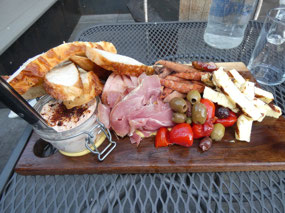
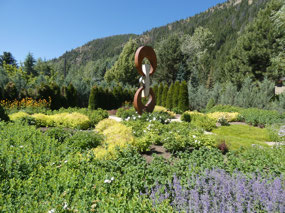
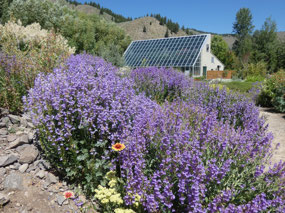

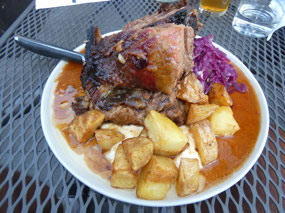
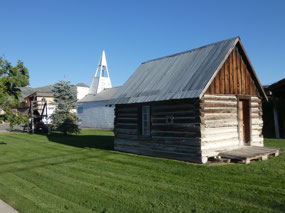
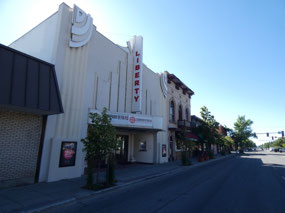
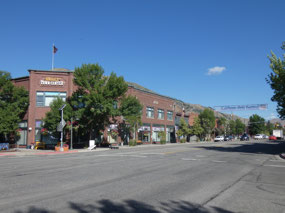
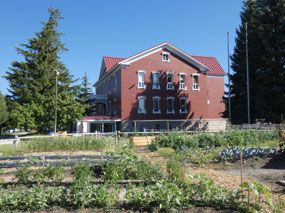
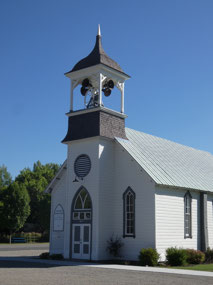
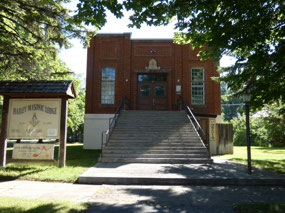

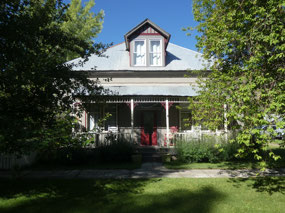
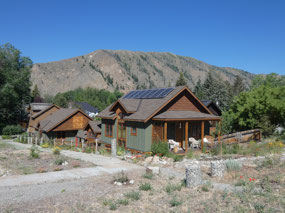
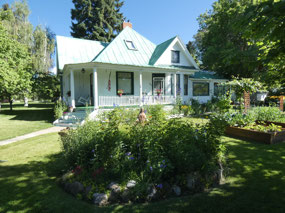
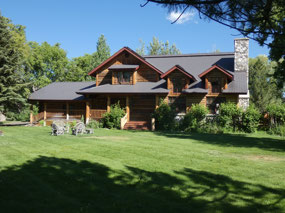
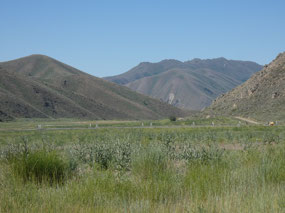

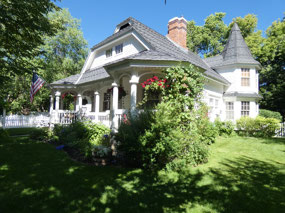
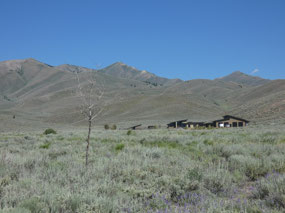
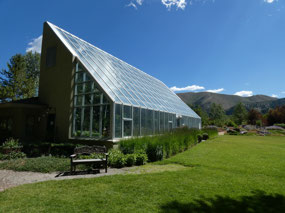
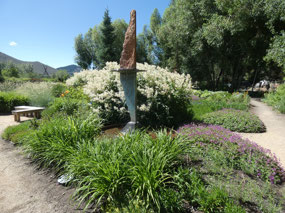
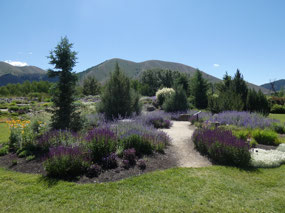
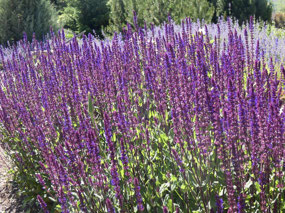
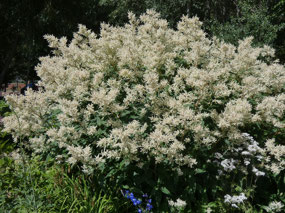
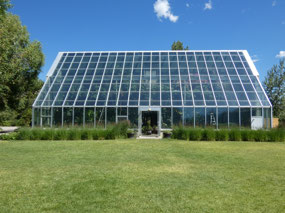
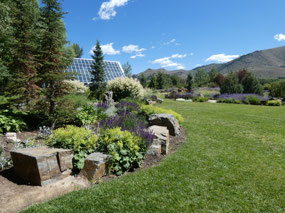
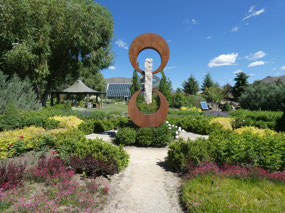
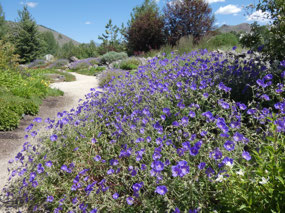
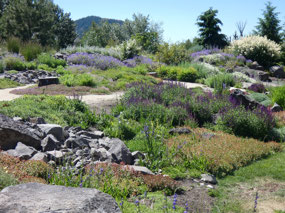
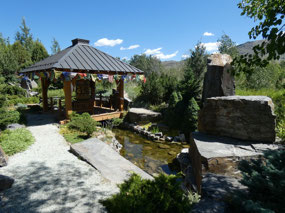
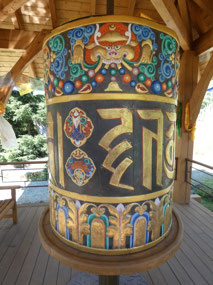
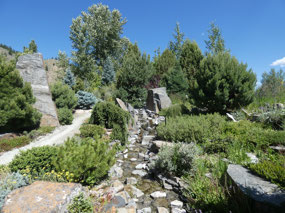
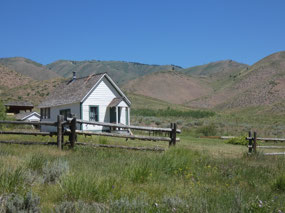
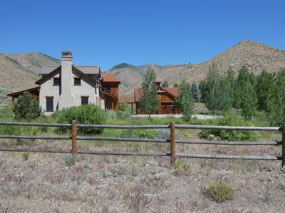
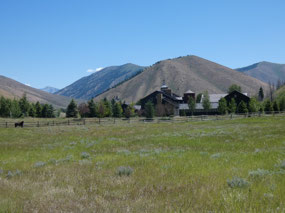
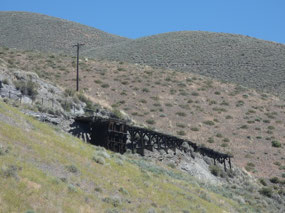
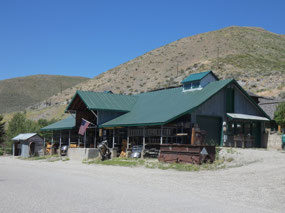
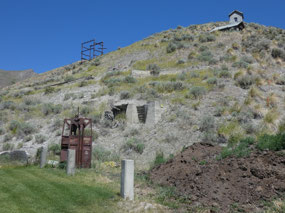
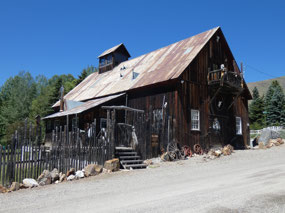
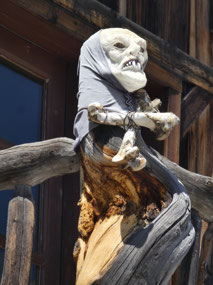
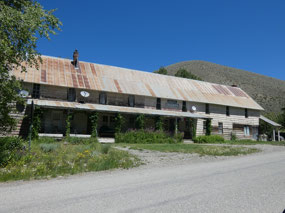
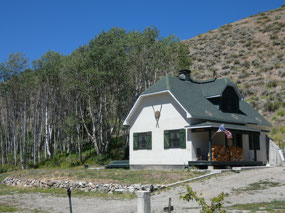
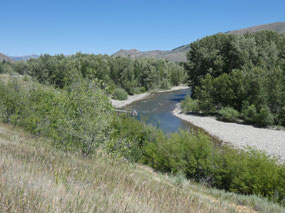
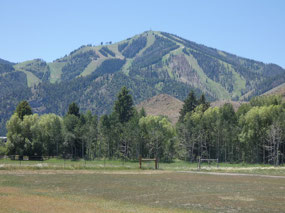
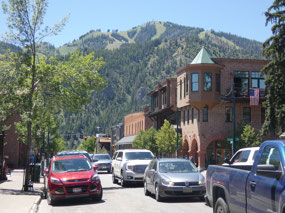
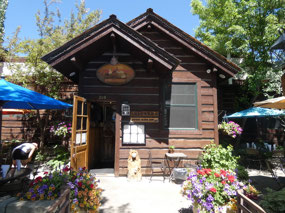
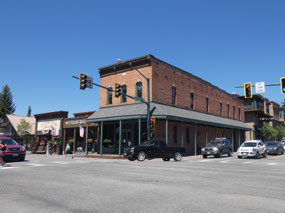
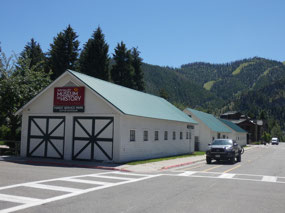
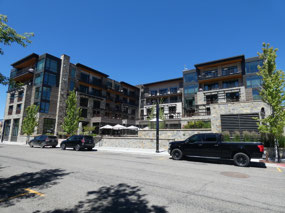
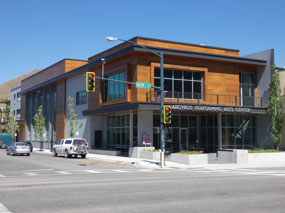
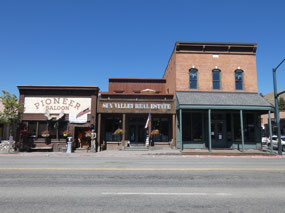
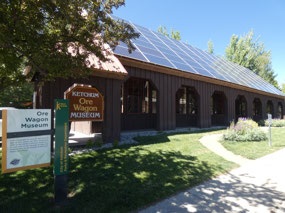

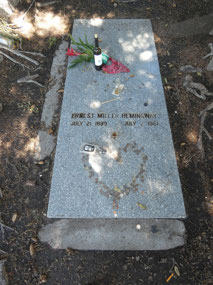
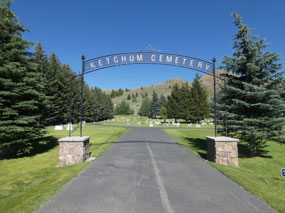
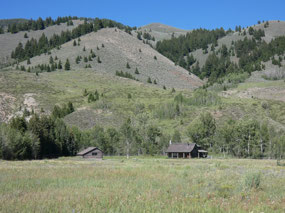
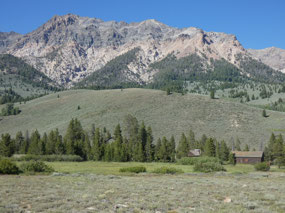
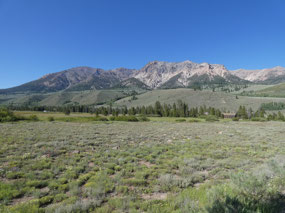
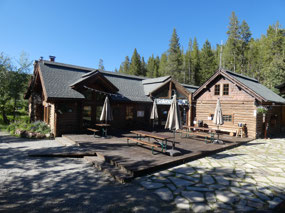
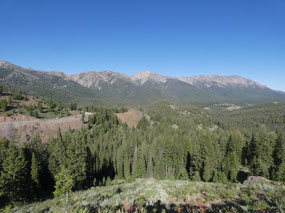
2025-05-22